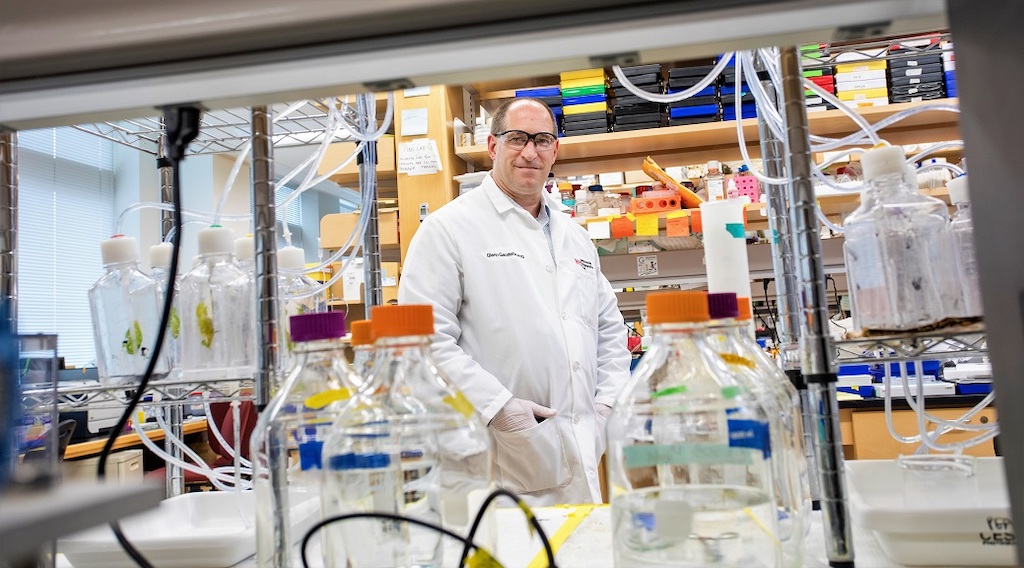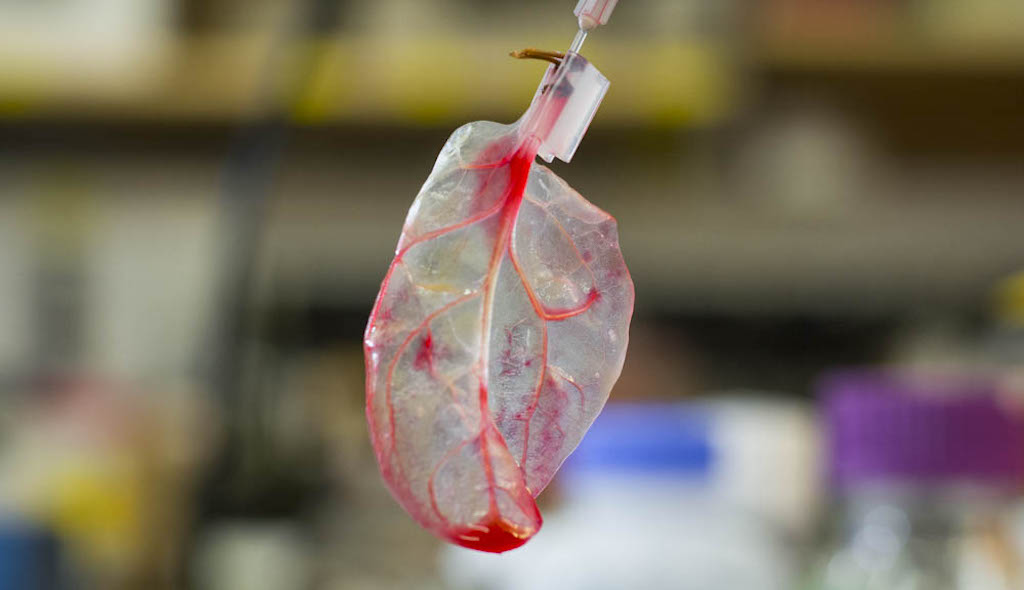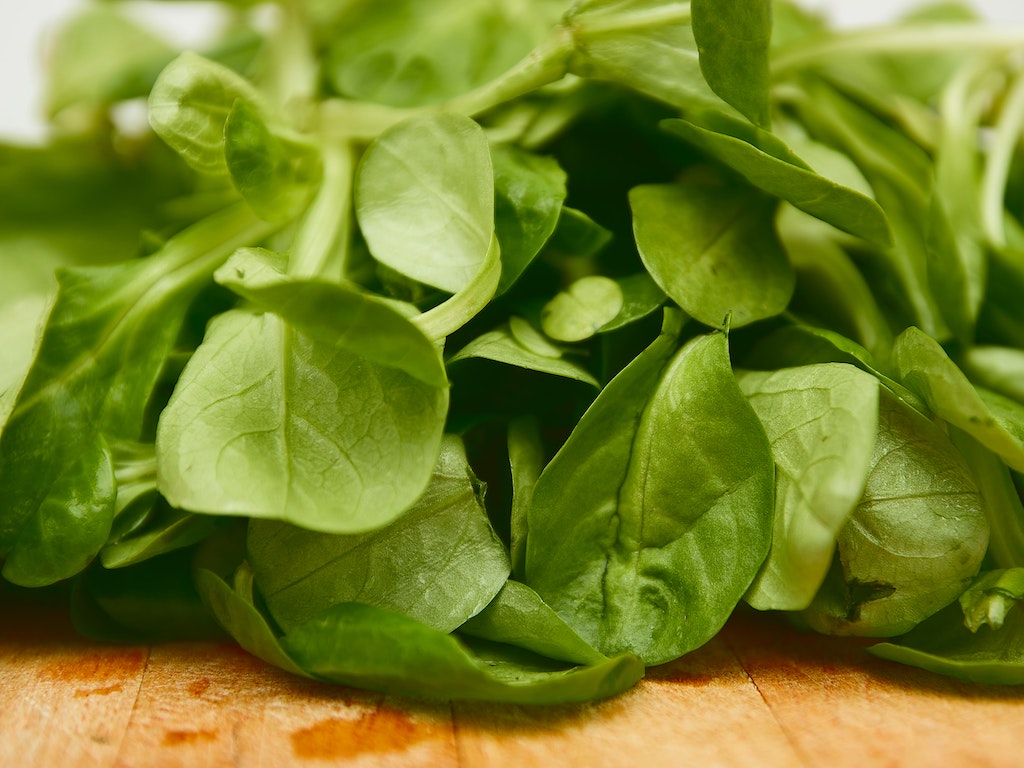4 Mins Read
The cast that allows cells to grow around in cellular agriculture, scaffold materials, is one of the most costly components when it comes to developing cultured foods. But the answer could lie in the humble spinach leaf, which has proven to be an affordable edible scaffold to grow cell-based meat, new research has found.
Led by Professor Glenn Gaudette of Boston College, a team of scientists has turned a new leaf in cellular agriculture with the help of spinach. According to their research, published in the peer-reviewed journal Food BioScience, spinach leaves provide an edible platform for animal meat cells to grow around, a finding that could help overcome cost – one of the biggest challenges in scaling up production and commercialisation of sustainable cultivated proteins.
The team, which also included Worcester Polytechnic Institute (WPI) graduates Jordan Jones and Alex Rebello, discovered that spinach leaves, when stripped of its layers to reveal its veiny “skeleton”, can be used as the vascular framework for bovine cells to grow isolated precursor cells and form a structure around.
Traditionally, labs have either used non-edible plastic-based scaffolding materials for animal muscle cells to grow around, or have relied on non-slaughter-free gelatin, which is derived from the bones of animal body parts. Other cruelty-free scaffolding materials that are edible tend to be extremely expensive.

We need environmentally and ethically friendly ways to grow meat in order to feed the growing population.
Professor Glenn Gaudette, Boston College
“We demonstrate that decellularising spinach leaves can be used as an edible scaffold to grow bovine muscle cells as they develop into meat,” explained Professor Gaudette in an interview with Boston College campus paper BC News.
Gaudette says that this could be a major advancement in the road to market for cell-based proteins to compete with conventional unsustainable animal meat that requires raising livestock.
“Cellular agriculture has the potential to produce meat that replicates the structure of traditionally grown meat while minimising the land and water requirements,” said Gaudette. “We need environmentally and ethically friendly ways to grow meat in order to feed the growing population.”
His latest work builds on top of his previous research with an international team of scientists into the ability of spinach leaf scaffolding to grow human heart tissue.
“In our previous work, we demonstrated that spinach leaves could be used to create heart muscle patches. Instead of using spinach to regrow replacement human parts, this latest project demonstrates that we can use spinach to grow meat.”

We need to scale this up by growing more cells on the leaves to create a thicker steak. In addition, we are looking at other vegetables and other animal and fish cells.
Professor Glenn Gaudette, Boston College
Once the precursor meat cells were grown onto the scaffold, the cells remained viable for up to two weeks and differentiated into muscle mass. The researchers have yet to be able to use this new process to develop thicker cuts of meat, such as steak, but are now using their findings to further research scaling up their technology and experimenting with different cell lines.
“We need to scale this up by growing more cells on the leaves to create a thicker steak. In addition, we are looking at other vegetables and other animal and fish cells,” said Gaudette.
Food scientists elsewhere have come up with different edible scaffolding solutions, such as Seoul-based startup DaNAgreen, who recently exclusively told Green Queen Media about its development of affordable 3D scaffolds and other micro-carrier materials made from plant-derived protein mass for large-scale cultured meat production.
Meanwhile, Cass Materials in Perth is biodegradable edible scaffolds out of nata de coco, the popular Asian coconut jelly-like dessert made by fermenting coconut water.
Researchers in Israel, on the other hand, have highlighted the potential of textured soy protein to serve as the 3D scaffold to allow animal cells and muscle tissue to grow around. In an April 2020 paper, the scientists said the protein also helps the final cultivated product to realistically mimic the sensation, texture and bite of real meat.
Lead image courtesy of Unsplash.




